Cold Brew vs. Iced Coffee: A Barista’s Honest Guide to Your Perfect Chill
After years of standing behind a coffee bar, I can tell you one thing for sure: cold coffee is surprisingly confusing for a lot of people. I’ve seen it a thousand times. Someone asks for an “iced coffee” but the smooth, low-acid flavor they’re actually picturing is a cold brew. Or the reverse happens, and they’re bummed when their cold brew doesn’t have that bright, zesty kick of a classic iced coffee.
In this article
They might look the same in the cup, but honestly, they’re two completely different drinks. It’s not just two ways to get to the same place; it’s about different brewing philosophies, different chemistry, and a totally different final result. Getting this right is one of the first things I teach new baristas.
So, let’s break it all down. My goal here is to give you the inside scoop—the real techniques we use in the shop, adapted for your kitchen. By the end, you’ll be able to make both drinks like a pro, or at least order exactly what you want next time you’re at a café.
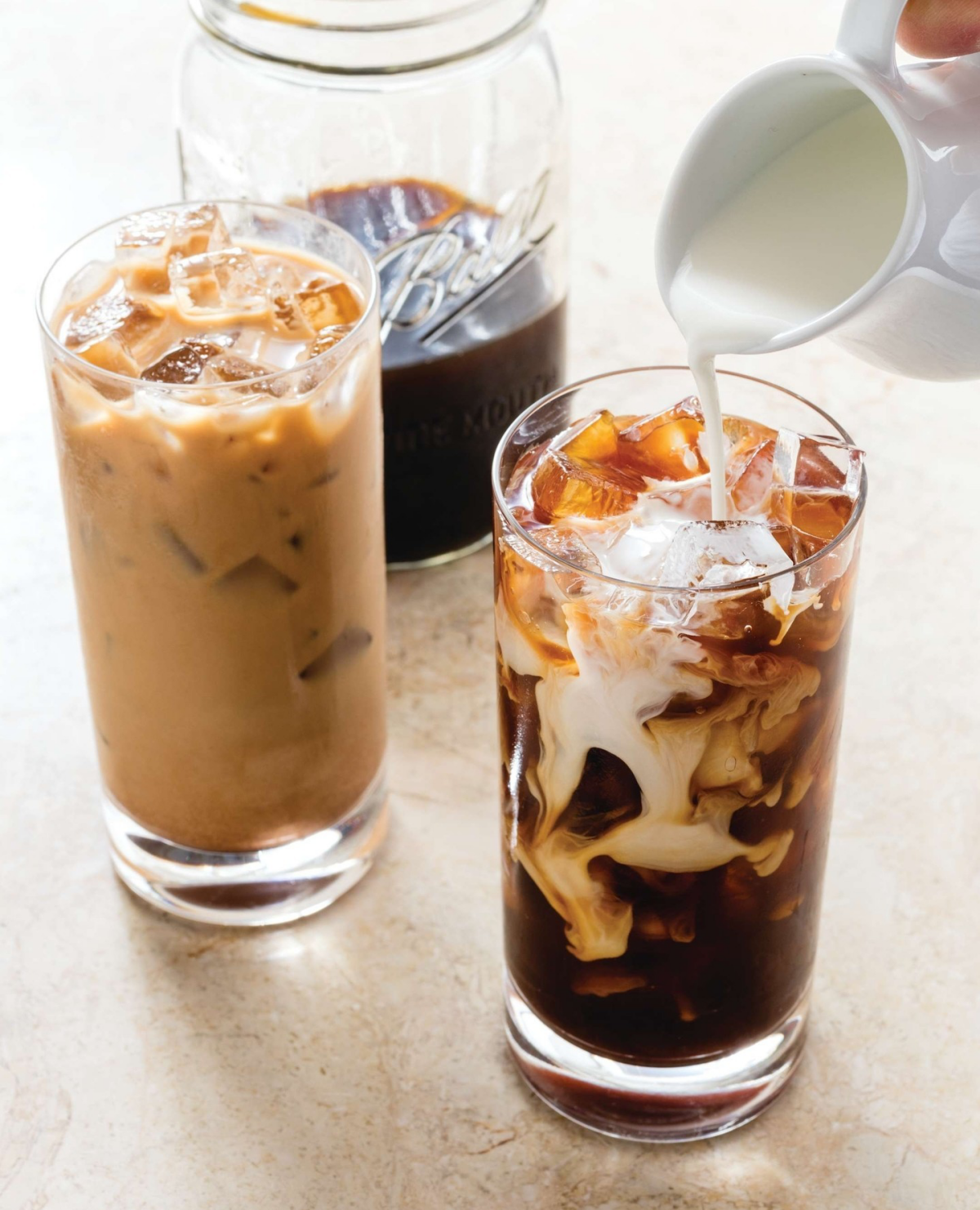
How They’re Actually Made: Time vs. Heat
The whole game comes down to one simple thing: the temperature of the water used for brewing. That one factor changes everything, from flavor and acidity to how long it stays fresh. One is all about heat and speed, the other is about patience and time.
Iced Coffee: The Flash-Chill Method
Let’s get one thing straight: good iced coffee is not just old, hot coffee poured over ice. That’s a recipe for a weak, watery, and sad drink. The professional method, often called the “Japanese-style” flash-chill, is way better and what we’ll focus on.
The idea is to brew the coffee hot, but at a concentrated strength, directly over a measured amount of ice. The hot water extracts all those bright, complex flavors, and the instant chill locks them in, preventing the coffee from oxidizing and tasting stale. The whole process takes just a few minutes, giving you instant gratification in a glass.
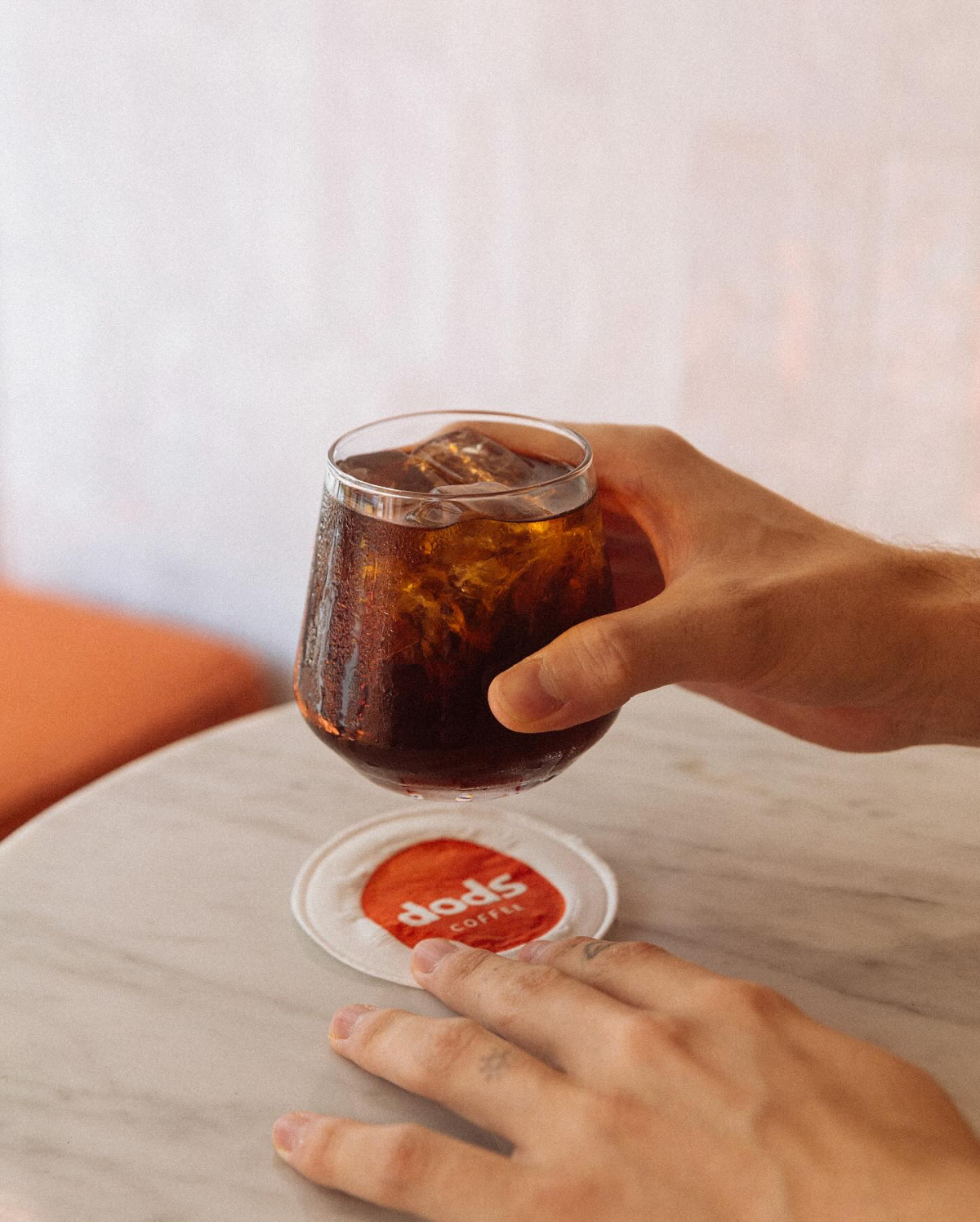
A quick and dirty alternative: If you’re not up for that, here’s a decent workaround. Brew a pot of coffee at double your usual strength (so, twice the grounds for the same amount of water). Let it cool a bit, then stick it in a sealed pitcher in the fridge. It won’t have the same aromatic pop as a flash-chilled coffee, but it’s a hundred times better than watering down a regular-strength brew!
Cold Brew: The Long, Slow Soak
Cold brew is the complete opposite. It’s a true infusion process that never involves heat. Instead, you steep very coarse coffee grounds in cold or room-temperature water for a long, long time—we’re talking 12 to 24 hours.
This slow-and-steady method gently coaxes flavor from the beans, resulting in a super-smooth, low-acid coffee concentrate. And that’s a key word: concentrate. A common mistake is drinking it straight from the brewer. It’s meant to be diluted with water or milk, usually at a 1:1 ratio, before you drink it. Because it’s made without heat, it has a signature mellow, chocolatey taste that’s incredibly easy to drink.
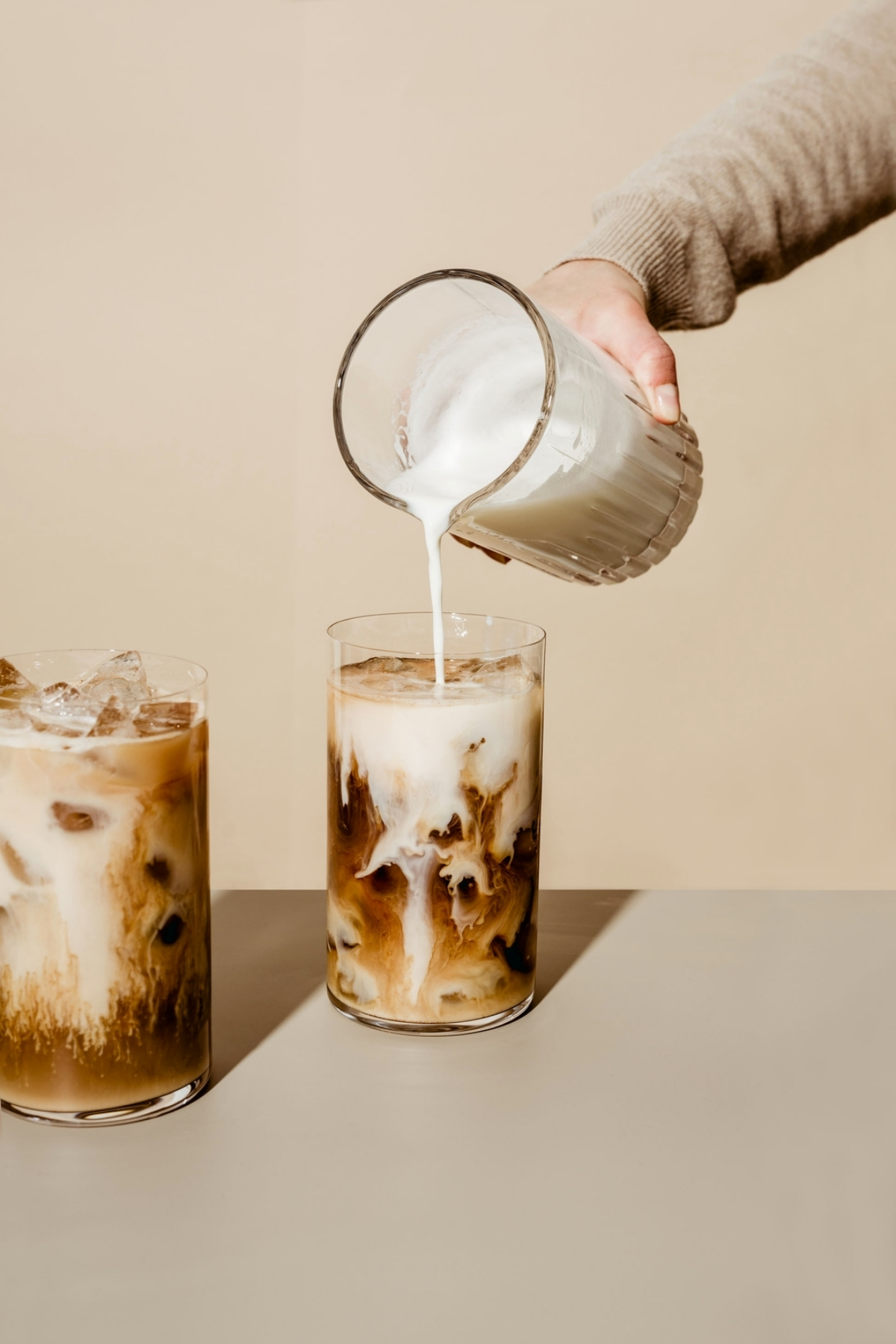
Why Temperature Is a Game-Changer
To really get why they taste so different, you have to understand a little bit about extraction. Coffee beans are full of different compounds—oils, acids, sugars. Brewing is just the art of dissolving the good stuff into water. Temperature is your main tool for controlling what gets dissolved.
Hot water is an aggressive solvent. When heated to the ideal range (around 195-205°F), it strips flavors from the grounds in minutes. This is great for pulling out the delicate, fruity, and floral notes that coffee nerds love. It showcases the bean’s unique personality.
Cold water, on the other hand, is gentle and selective. It doesn’t have the energy to pull out a lot of the acidic compounds, which is why cold brew can be over 60% less acidic. Instead, it slowly extracts the compounds responsible for sweet, chocolatey, and nutty flavors. The trade-off? You lose some of that bright complexity. As I tell my trainees, “Heat reveals the bean’s personality, for better or worse. Cold reveals its sweet, forgiving soul.”
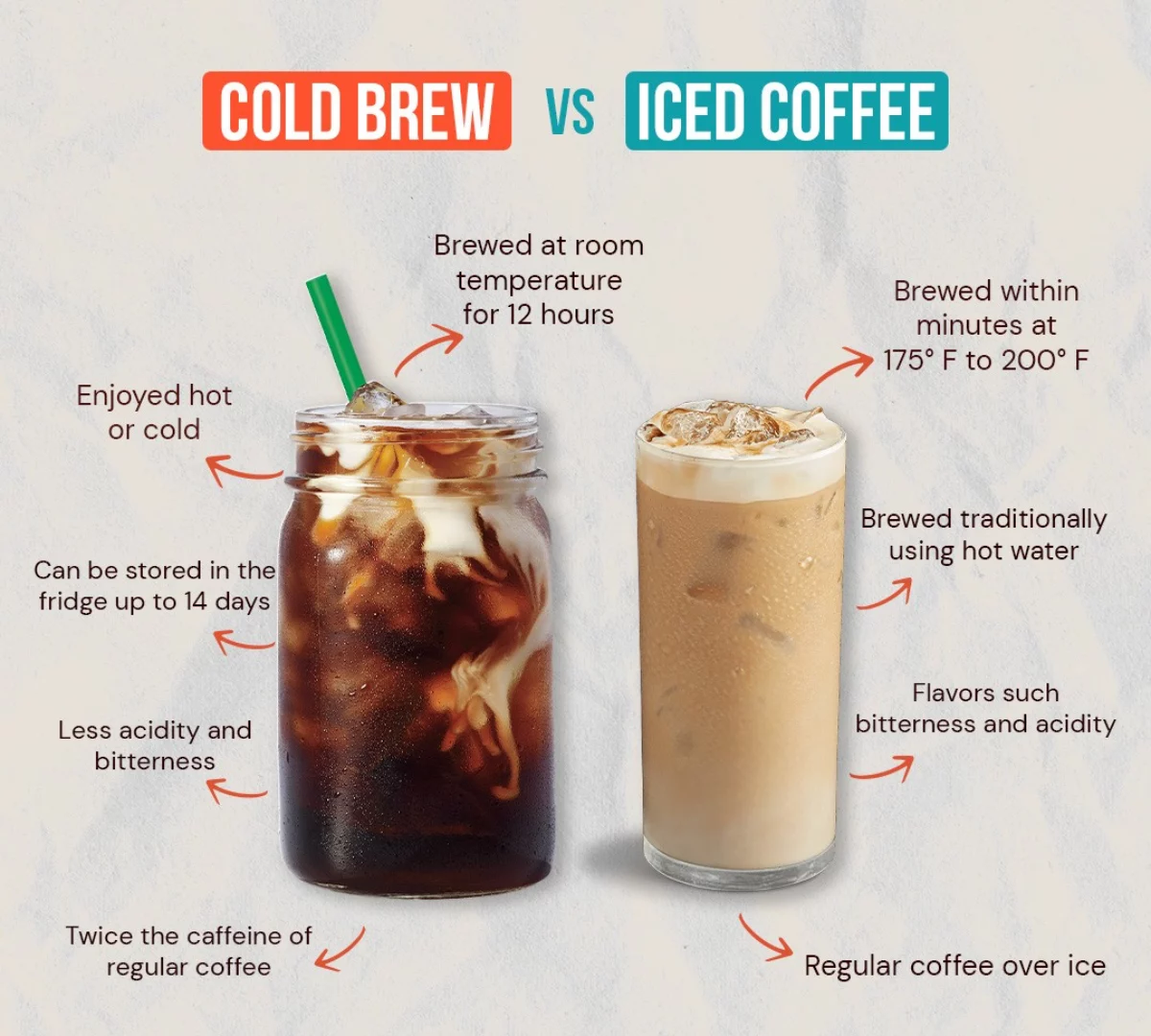
Making Killer Chilled Coffee at Home
You really don’t need a fancy café setup to make amazing cold coffee. Here are the methods we use behind the bar, simplified for your kitchen.
Technique 1: True Iced Coffee (The Pro Method)
This method gives you that vibrant, aromatic iced coffee you get at a great shop. It’s all about locking in flavor by chilling it instantly.
What You’ll Need:
- A pour-over dripper (A plastic Hario V60 is a fantastic and affordable option, usually under $15 online.)
- Paper filters
- A digital kitchen scale (Honestly, this is the key. A decent one costs about $20 online and will level-up all your coffee brewing.)
- A gooseneck kettle (helps with control)
- Coarsely ground coffee
Heads up! If you don’t have a scale yet, you can get by. As a starting point, use about 4 level tablespoons of coffee for a total of 2 cups of water and ice (so, 1 cup of brewing water and 1 cup of ice by volume). It won’t be perfect, but it’s a good place to start!
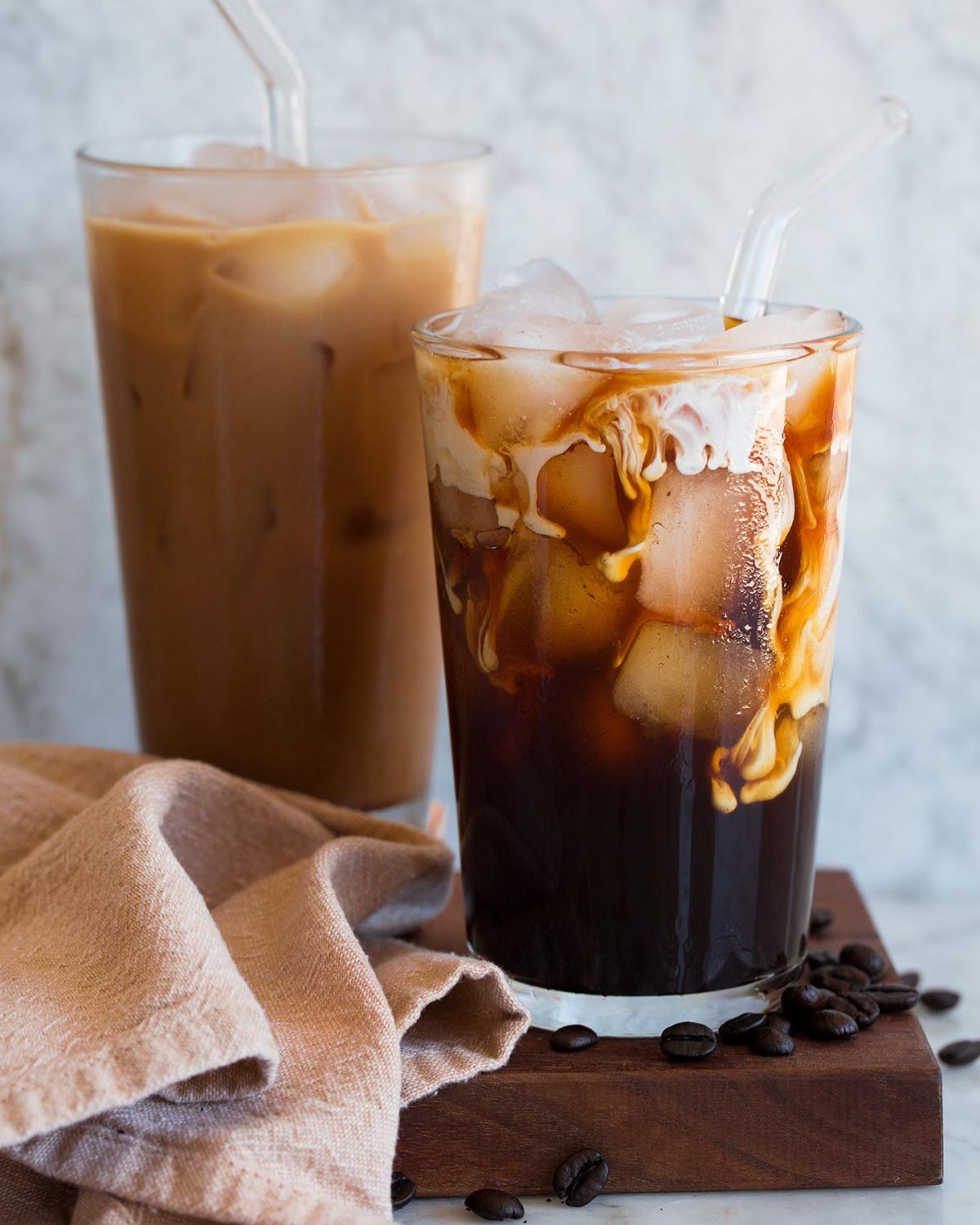
The Recipe (Single Serving):
- Prep: Put 200 grams of ice into your carafe or glass. Place your dripper on top, add a filter, and give it a quick rinse with hot water (then dump that water out). Add 25 grams of medium-fine ground coffee.
- Bloom: Place the whole setup on your scale and tare it to zero. Start a timer and pour 50 grams of hot water (just off the boil) over the grounds. Let it sit for about 45 seconds. You’ll see it bubble up—that’s just CO2 escaping.
- Brew: Slowly pour the remaining 150 grams of hot water in circles over the coffee. Aim for your total brew time to be around 2.5 to 3 minutes.
- Serve: Once the water has dripped through, give it a swirl to mix and finish melting the ice. Pour into a fresh glass with more ice and enjoy that amazing aroma.
Technique 2: Perfect & Easy Cold Brew
This is the most forgiving method. It’s hard to mess up and gives you a supply of coffee for the week.
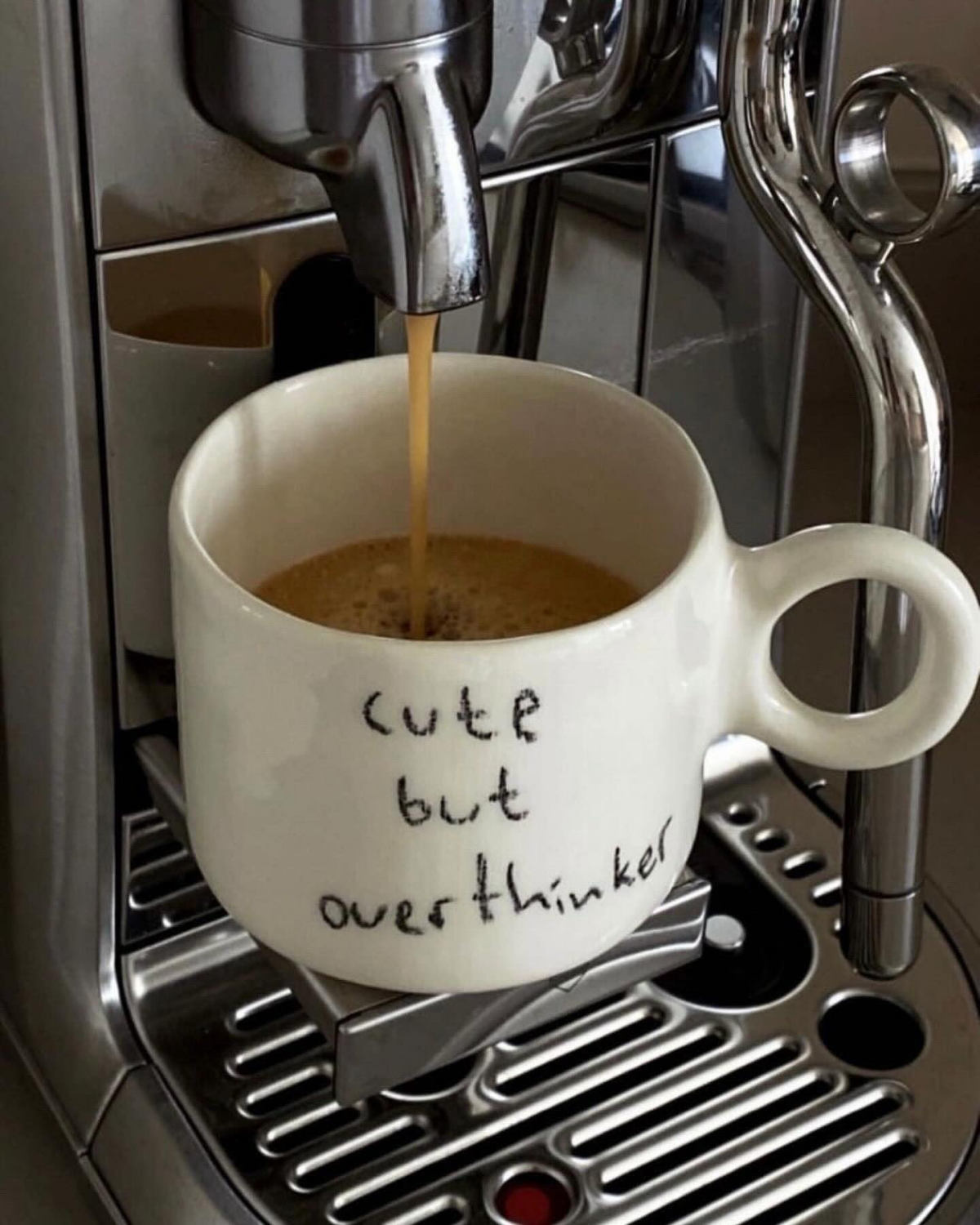
Quick tip: I see recipes telling people to steep this on the counter. From a food safety standpoint, I would strongly advise against it. Always steep your cold brew in the fridge. It’s much safer and might just take a few hours longer (think 18-24 hours).
What You’ll Need:
- A big container, like a 32oz Mason jar or a French press.
- A filter, like cheesecloth or even a clean nut milk bag.
- Very coarsely ground coffee. This is CRITICAL.
A Personal Failure Story: The first time I made cold brew at home, I was impatient and used a medium grind like I would for drip coffee. The result was a bitter, silty sludge that took forever to filter and tasted like dirt. Trust me on this: grind your beans as coarse as you can, like cracked peppercorns.
The Recipe (Makes a Concentrate):
- Ratio is Key: A 1:5 ratio of coffee to water by weight is a great place to start. For a 32oz Mason jar, that’s about 100 grams of coffee to 500 grams (or ml) of cold, filtered water.
- Bean Choice: Cold brew is very forgiving, so it’s the perfect place to use a more affordable, classic dark or medium roast with chocolatey notes. Save your fancy, floral Ethiopian beans for the flash-chill method where their delicate flavors can really shine!
- Combine & Steep: Put your coarse grounds in the jar, add the cold water, and stir to make sure everything is wet. Seal it and stick it in the fridge for 18-24 hours.
- Filter Patiently: Pour the mixture slowly through a cheesecloth-lined strainer into another container. And please, do not squeeze the grounds! That’s the secret to keeping your brew smooth and not bitter. Just let gravity do the work.
- Store & Serve: Keep your concentrate in a sealed container in the fridge for up to two weeks. To drink, dilute it with water or milk. A 1:1 ratio is a good starting point. Pour over ice and enjoy!
The Bottom Line: Which One Is for You?
So when you’re standing there trying to decide, here’s a quick cheat sheet to help you out. No tables, just the straight facts.
- For Flavor & Vibe: Iced coffee is bright, lively, and complex. It’s like a vibrant conversation, showcasing all the unique notes of the bean. Cold brew is smooth, mellow, and rich, with dominant flavors of chocolate and nuts. It’s more like a comforting, reliable hug in a mug.
- For Your Stomach (Acidity): This is an easy win for cold brew. Its super-low acidity makes it the perfect choice if regular coffee gives you heartburn or an upset stomach. It’s noticeably gentler.
- For Caffeine Kick: It’s a myth that cold brew is always stronger. The concentrate is loaded with caffeine, but once you dilute it to a drinkable strength, it’s often very similar to a strong iced coffee. The final kick depends entirely on how you prepare it.
- For Your Wallet & Schedule: At a café, cold brew is pricier because it uses more coffee and takes a full day to make. At home, it uses more beans upfront, but you get a batch that lasts for a week of instant coffee. Iced coffee uses fewer beans per serving but has to be made fresh every single time.
My Final Thoughts From the Field
After all these years, I can honestly say neither one is “better.” They’re just different tools for different moments.
On a hot afternoon when I want something that’s going to wake up my palate, I’ll always go for a flash-chilled iced coffee with a bright, fruity bean. It’s exciting. But on a busy weekday morning? The convenience of that cold brew concentrate in my fridge is unbeatable. It’s my reliable workhorse.
The best advice I can give is to try making both. Play around with it. The journey of figuring out what you like is half the fun.










